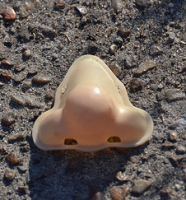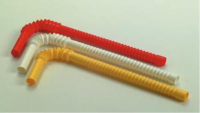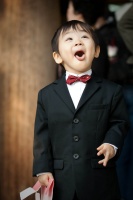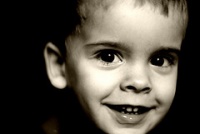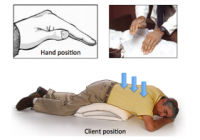
Q: My client has no back sounds, and he substitutes Sh and Ch for S. I cannot get a good S out of him. I have tried straws and the Ts technique you talk about, but he always makes a Sh or Ch. What do you think I should try next? I think you should try putting more attention on his tongue-tip to stimulate S and Z. The following excerpt about improving awareness and control of the tongue-tip is from…

